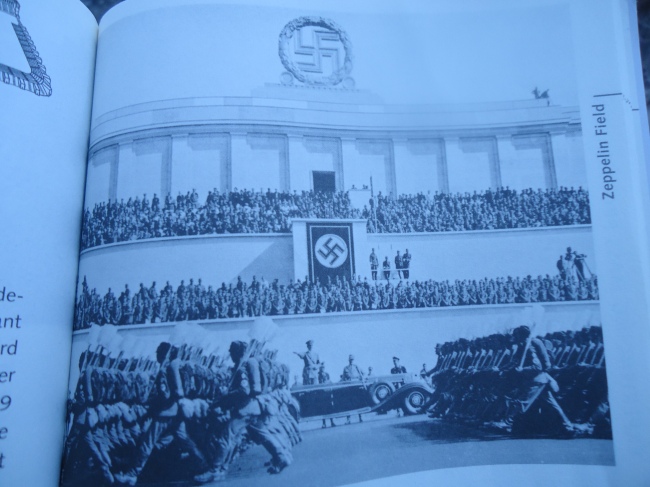After leaving Warsaw we went to our final destination, Krakow. Today, we visited what everyone assumed was going to be the hardest moment of the trip – Auschwitz.
We spent six hours total visiting Auschwitz I and Auschwitz II-Birkenau. There truly are no words to describe the camps. Disgusting, demoralizing, terrible, rough, heartbreaking – these describe parts of the camps, but nothing can define it as a whole. I’m really not going to say much because I am still trying to figure out how I feel about the whole thing.
Some of the camp was demolished, including one of the crematoriums, as the Nazis had tried to get rid of the evidence of everything that had occurred there. This was clearly impossible considering how much was there – bodies, belongings, clear evidence of the herding and slaughter of humans. Some of it still exists today and was terrible to see.
Many of the bunkers have been turned into different museums about different aspects of life at Auschwitz. One thing I will mention is the Book of the Dead is located in the Jewish museum bunker – over 4,000 pages of every known person who perished in the Holocaust. It was especially difficult here for many of the students on the dialogue, who found relatives listed there.
Midway through the tour, I simply felt numb. It was incredible to imagine that this much horror was willfully thought out and planned. I remember visiting Villa Wannsee, where the Final Solution was planned out, and thinking how beautiful the place was. It’s hard to believe that a complete destruction of humanity occurred and originated there, but it’s incredibly obvious when walking into Auschwitz.
It also really makes me angry thinking about walking around Venice Beach and similar places and seeing people preach about how Auschwitz isn’t real. It’s disgusting to deny one of the worst crimes in modern human history.
I don’t think it is right to just post pictures of Auschwitz – a photo will never do that place justice. If anyone wants to see the photos, I will show them and talk about the camp. But other than that, I have no plans of publishing my photos.
On a lighter note, we were instructed to watch this video of an Auschwitz survivor returning to the camp with his family, and how he deals with his memories. He was sent to the camp with his mother, who died there. He eventually was part of the Death March, where he met his wife. They married a few weeks later and are still happily married. This man is absolutely amazing. The video sparked a lot of controversy, but I personally believe that the only people who have a right to judge him are the people who are as intimately affected by the Holocaust as he is- anyone else really doesn’t have a say.









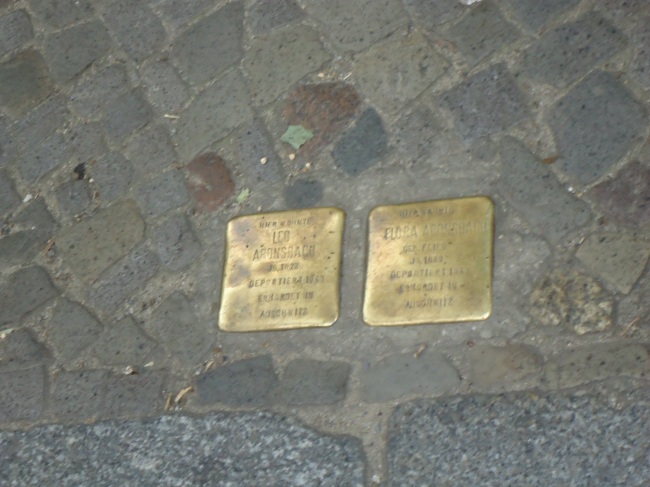
















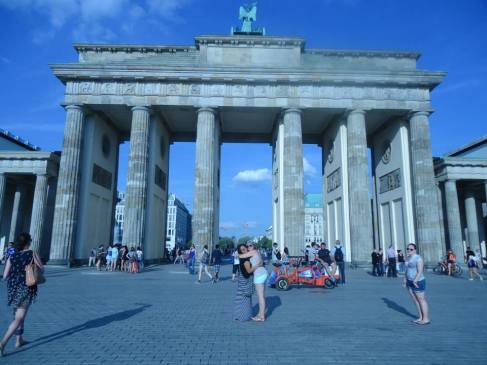

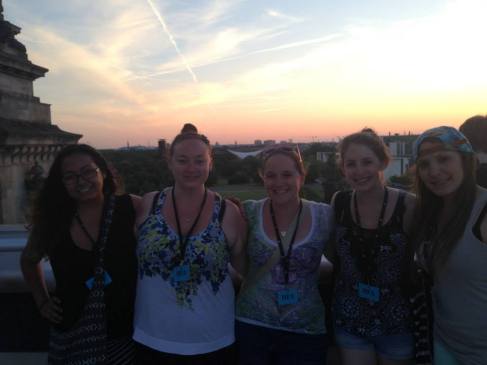
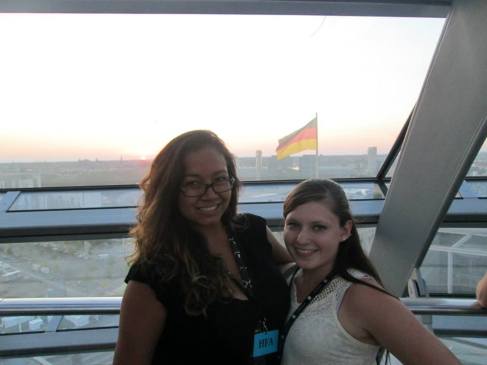
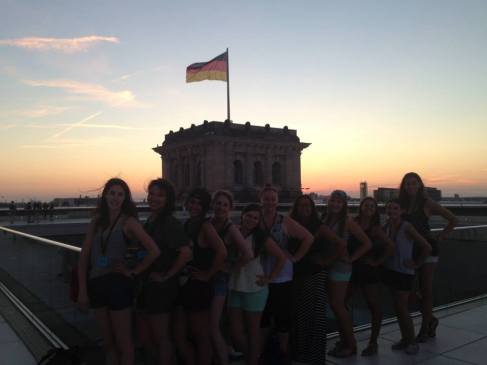
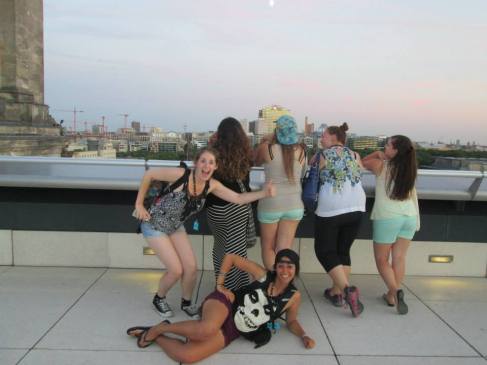

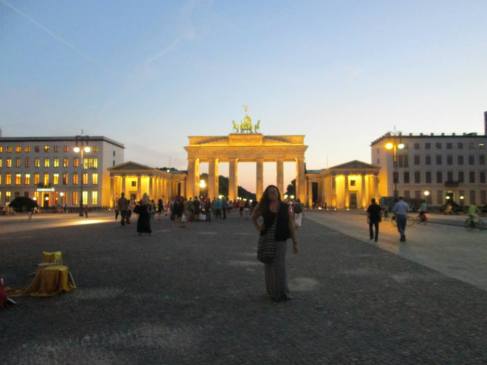

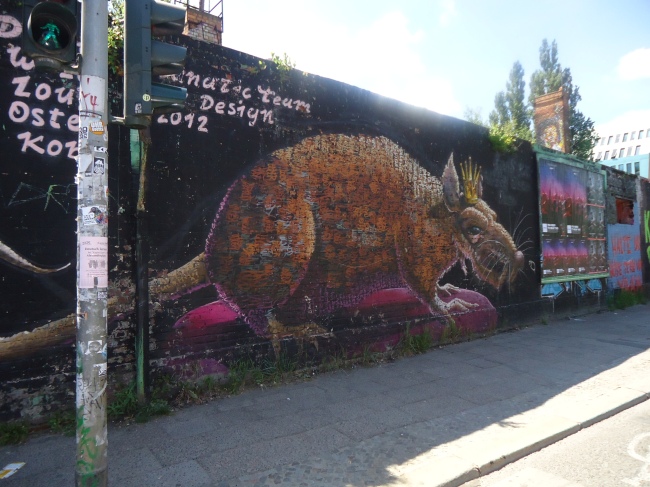
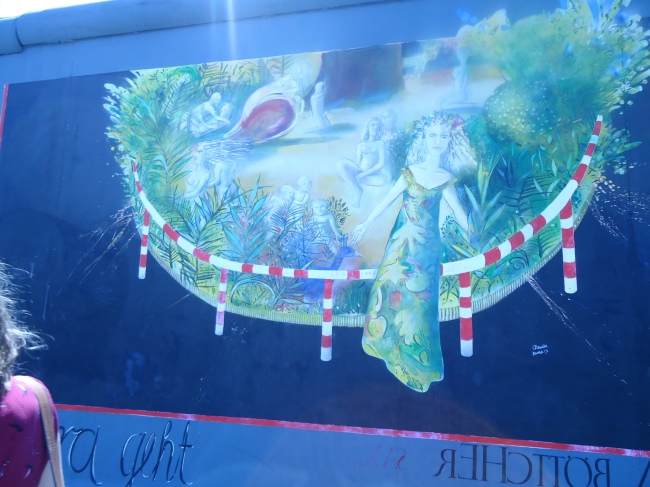


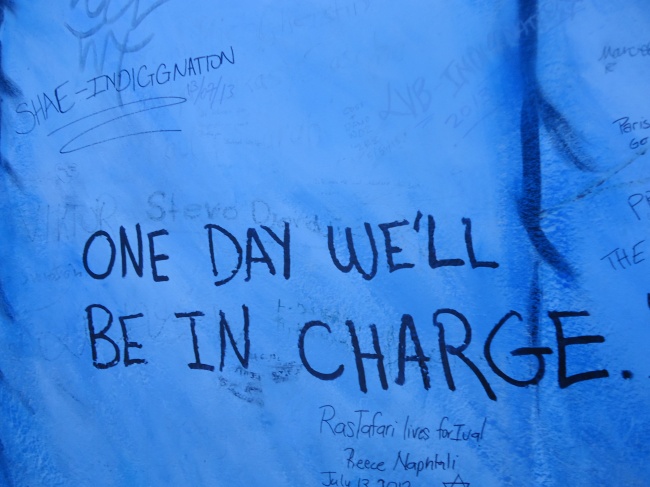


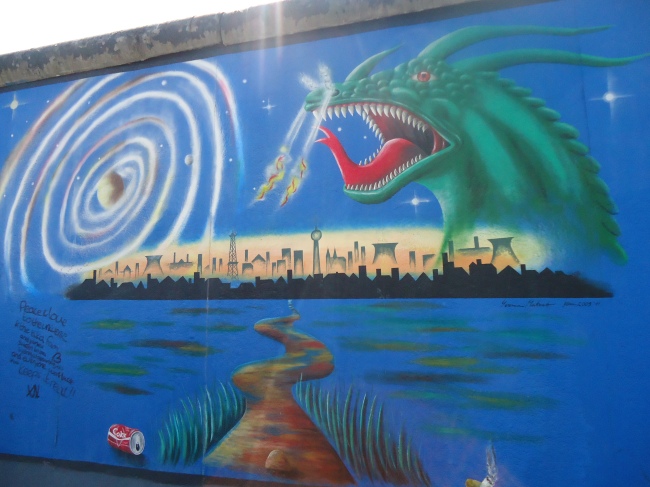
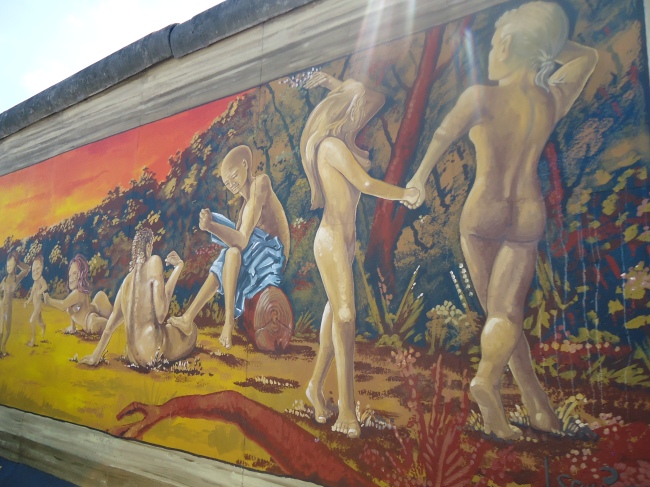
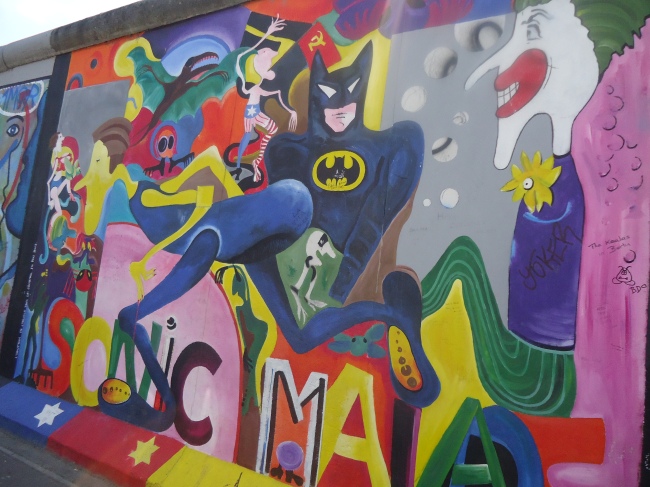
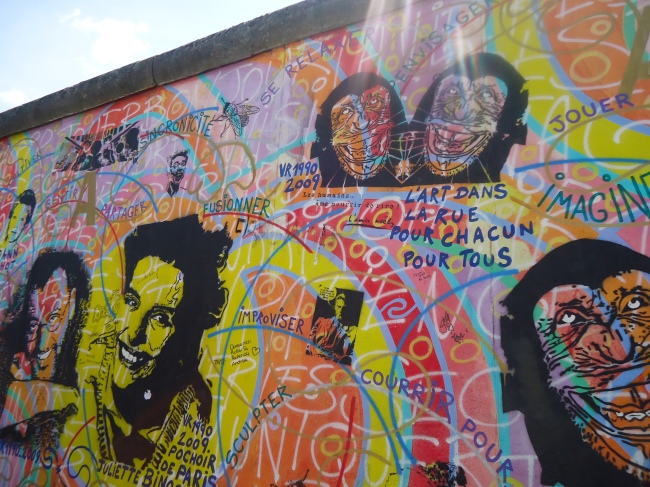

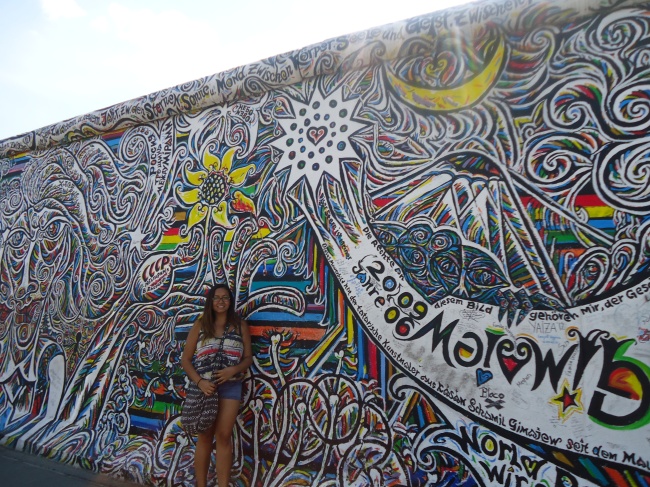
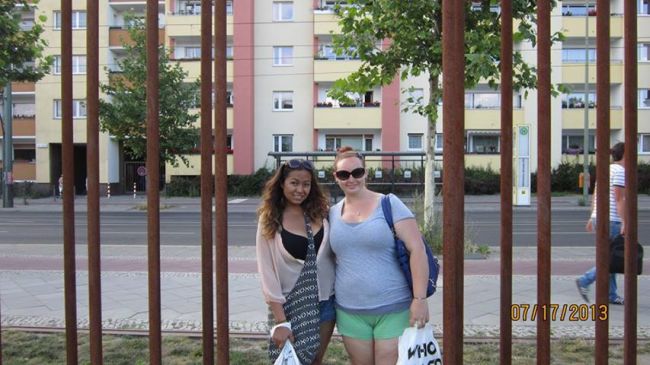
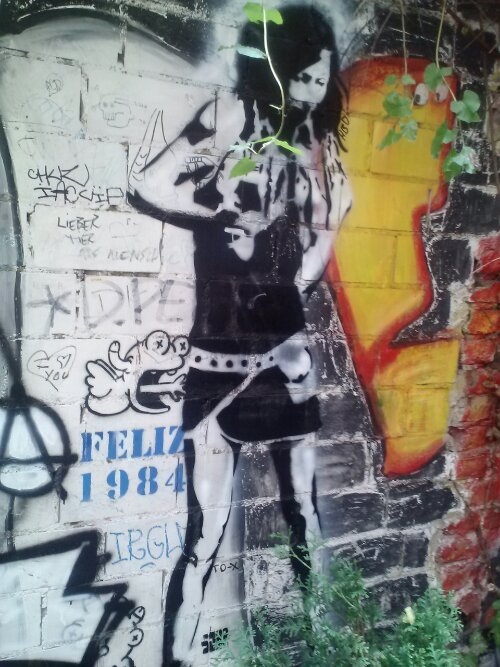
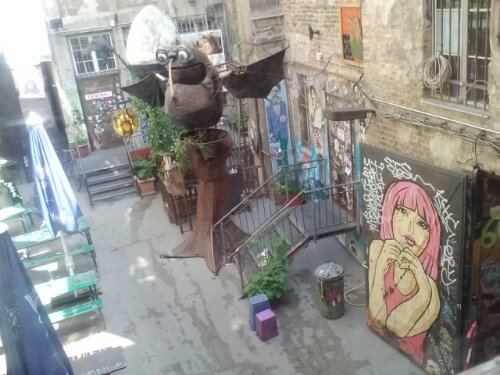

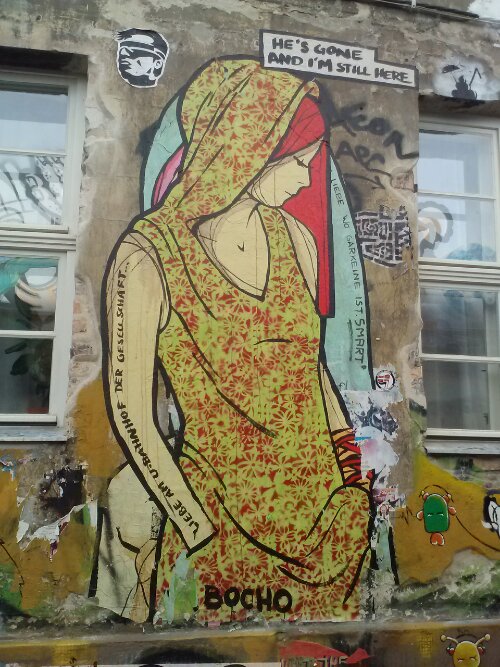

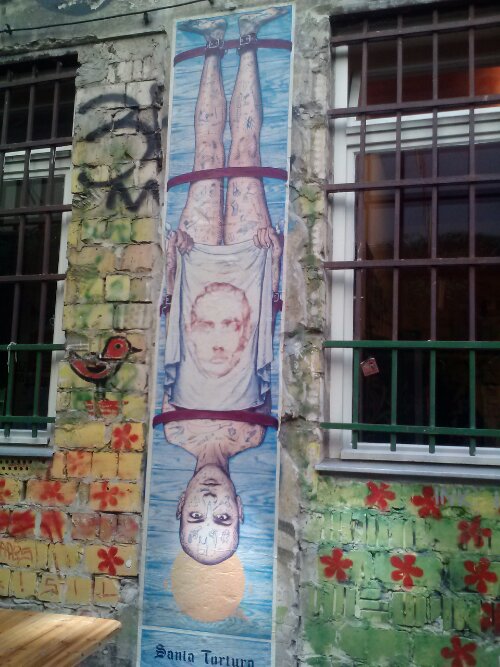
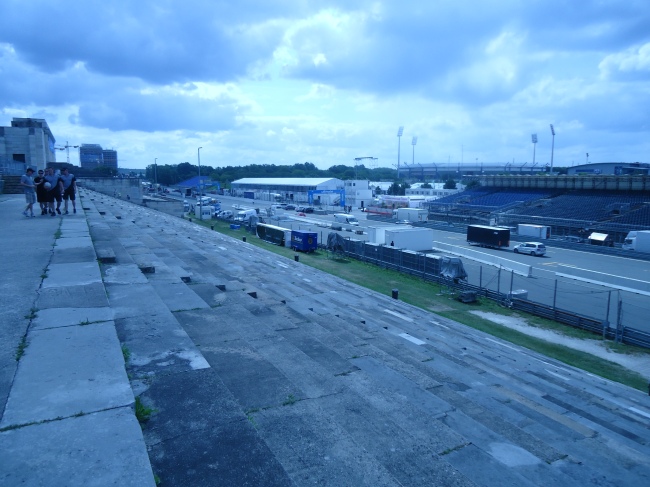
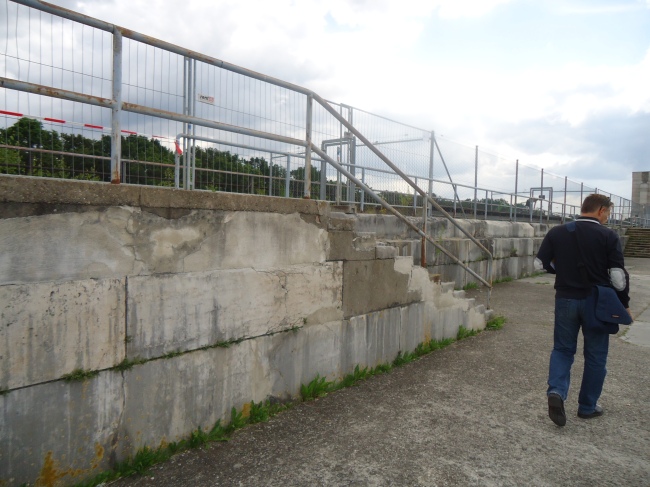
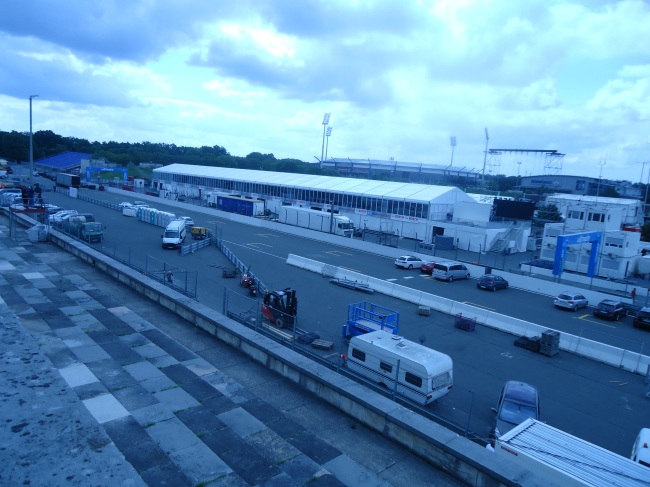

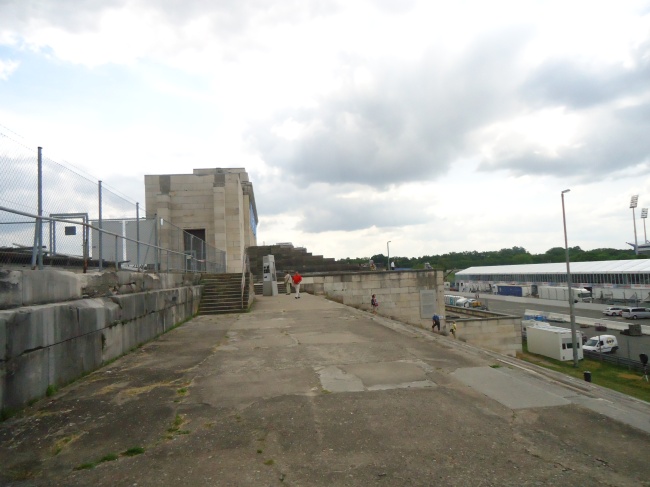 d an easy link to the past. The desecration of the Field was genuinely shocking. The city throws 3-5 million Euro in taxes every year, yet the place still deteriorates. It’s now used annually as a racetrack, where all the premier car companies come and advertise their models.
d an easy link to the past. The desecration of the Field was genuinely shocking. The city throws 3-5 million Euro in taxes every year, yet the place still deteriorates. It’s now used annually as a racetrack, where all the premier car companies come and advertise their models.